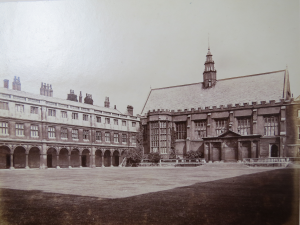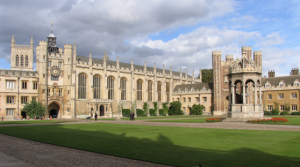Gravity is a mysterious force. This force pulls all things towards earth. Every object in the universe has gravity, but not all amounts are the same. For example; items like the earth have a higher amount of gravity than others. The mass of the object is what determines the amount of gravity, this is why the earth and the sun have more gravity than say an apple. Another factor determining the amount of gravity is the distance between the object and you, if there is a shorter distance between two objects, the gravity will be stronger.
Without gravity we could not survive. Gravity is the force keeping us centered on the earth, therefore if there was no gravity we would just float off into the atmosphere. The importance of gravity also relates to the sun - the gravity of the sun keeps earth in the same orbit of the sun. Without this gravity, the earth would drift off, losing the sun’s light and warmth which is needed for earth to survive or it would drift to close causing earth to heat up rapidly ending all living species.

Johannes Kepler, a German mathematician and astronomer, established three laws in the early 1600’s that would define the movement and motion of the planets about the sun. Although these three laws of planetary motion set the basis for defining paths and motion of planets about the sun, they didn’t explain why these paths and motions occur. Johannes just recommended that some sort of interaction between the sun and the planets existed, and that this interaction between the planets and sun caused a driving force for the planets motion. Isaac Newton was bothered by this description. He thought that there must be some cause for this force causing the planets to stay in the suns orbit.

(Johannes Kepler)
With Kepler setting the basics for gravitational forces, Isaac Newton later was able to describe his astronomical observations with the idea of a force (known as gravity). This also led him to discover that the earth was not the center of the solar system; all other planets and the sun orbit instead the sun was the center and the other planets orbited the sun. Isaac newton also later found out that the moon is kept in the earth's orbit due to gravity. He found out that without gravity the moon would drift off in a straight line rather than circling the earth.
Gravity is everywhere as stated in Newton’s universal Law of Gravity, "every object in the universe that has a mass exerts gravitational pull, or force on every other object with a mass." The strength of the gravitational pull an object gives off depends on the mass of the object. For example; us - humans give off a gravitational pull but as we are not very big the gravitational pull is not very strong. Therefore the environment around us isn’t centered around us, although our gravitational pull isn’t very strong it would be stronger than the gravitational pull of a dog. An example of strong a gravitational pull is the earth. It has a strong enough pull which keeps the moon in the same orbit while also keeping the things that live on its surface grounded. Without this gravitational pull the moon would drift away messing with the tides and we would float into space. This shows how important gravity is, as without we would not be able to carry out our daily routines.

The moon doesn’t crash into the earth as it is exerting its own gravitational force but the earth is bigger and exerts a stronger gravitational pull, therefore the moon orbits the earth instead of the other way around.
The earth’s gravitational pull moves all objects with a smaller gravitational pull towards its center, therefore if you were to drop a ball from the top of a tree it would fall in the direction of the earths center but would stop when the ball it the ground as it cannot push through the earth’s crust. The earth exerts the same gravitational pull on every object although some think it doesn’t. An example of this is when you drop a feather, the feather falls to the ground but it falls every slowly. This is not because there is not a strong enough pull it is because of air resistance. As air is all around us it can slow down the falling time of a light object as it cannot push through the air, it doesn’t mean than the earth is exerting a weaker gravitational pull.

Isaac Newton’s universal law of gravitational force was formed after he observed an apple fall from a tree, the story goes that he asked the question why? Why did the apple fall? Using his mathematical background and Kepler’s framework he came to the conclusion that the force between two objects is equal to universal gravitational consent known as gravity times the mass of the first object, times the mass of the second object and then divided by the distance squared. The equation looks like this below:
 F= force of gravity between two objects
F= force of gravity between two objectsG=the universal gravitational consent (6.67×10-11)
M1=the mass of object one
M2= the mass of object two
R2= the distance between the two objects (squared)
For example:
I am standing five meters away from a dog (from core to core), my weight is 63kg and the dog’s weight is 34kg. The force between us is
F= 6.67×10-11) x (63) x (34)
(5)2
F= 0.00000000571 Newtons
Below is a brief video explaining the Law of Gravity:












